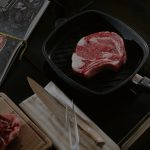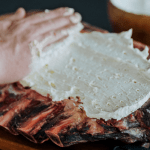How a Dry Ager adds value to your Butcher Shop
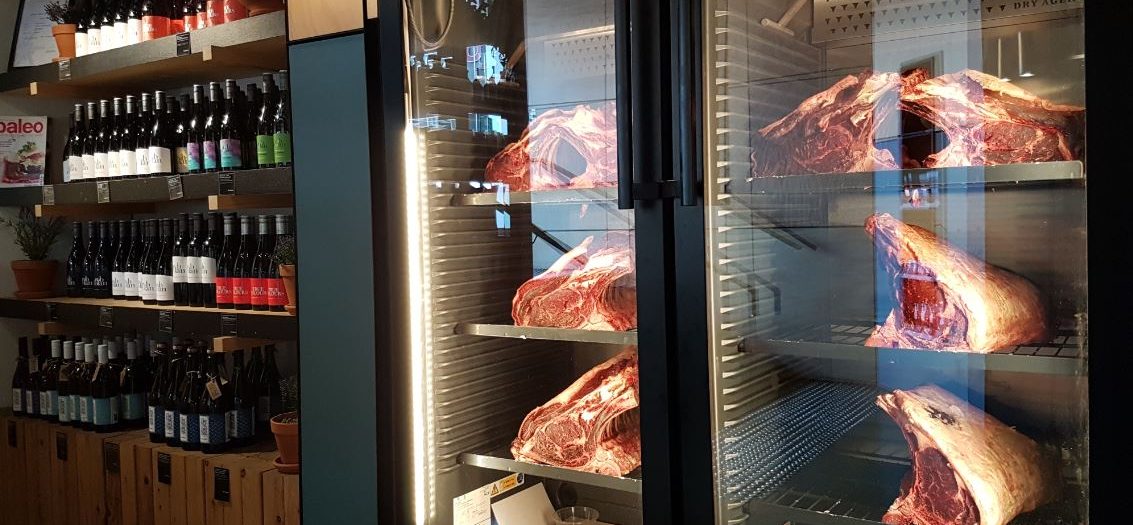
In a time when customers expect more value for their purchases, adding more value to their shop has never been more important.
There is an expectation with many consumers that the meat they purchase has been sustainably sourced, over and above the minimum requirements for meat processors.
A growing trend has been with more Australian consumers choosing to go for a marbled wagyu, sourced from some of the highest quality producers in the country.
... naturally add more value to meat – the traditional way.
Without adding an abundance of marinades and exotic spice rubs, there is very little room to move when it comes to adding more value to raw meat for consumers – to make it a more appealing purchase.
By dry aging meat in the butcher shop, you can inspire your customers to experiment with the natural flavourful experience the meat will have after 28 days in the aging cabinets.
During the dry aging process, the enzymes in the meat breaks down, which in-turn will develop a tender and intense flavour in the meat. The longer the meat is dry aged – the far more intense flavour you will see.
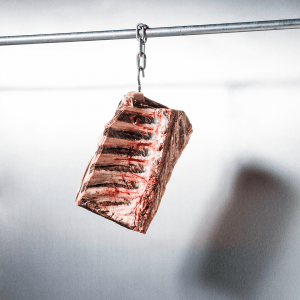
It is essential when dry aging that three very important parameters are considered, to ensure the safety of the meat and the strength of the taste.
Humidity 
The optimal climate for dry aging is a temperature of 2°C and humidity set at 85%. The humidity level plays a crucial role in the dry aging process, if set too high, bacteria can grow which will result in off-flavours and if set too low the beef may dry out too quickly. If it dries out too quicky, there is a tendency for the beef to loose its natural juices.
Temperature
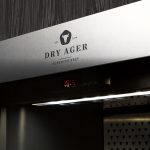 During the process, you want to ensure that you are not potentially freezing the meat – but rather, keeping it as low as possible. Optimal temperature is about 2°C, if the temperature is high, this may promote bacterial growth on meat, which would in-turn make it unsafe to consumer.
During the process, you want to ensure that you are not potentially freezing the meat – but rather, keeping it as low as possible. Optimal temperature is about 2°C, if the temperature is high, this may promote bacterial growth on meat, which would in-turn make it unsafe to consumer.
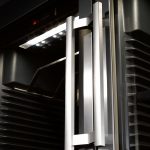
UV Protection
When working with dry aging, opening the cabinet needs to be kept at a minimum to ensure that the temperature and climate remains at a constant. Reducing the variables of the humidity and temperature as much as possible. As such, most dry aging meat maturing cabinets will have a glass-door, allowing you to look into the cabinet and not open the door.
To protect the contents of the fridge from the Australian unpredictable climate, the stylish insulated stainless steel door incorporates a metallic tinted glass.
Showcase a dry aged range at your butcher shop and naturally add more value to meat – the traditional way. A method that has been perfected through generations, and passed down from thousands of years ago.
You may be interested in:

Dry Ager goodness, delivered fortnightly.
Join the meat press
Copyright © 2025 Dry Ager Australia & NZ
Website by SILVERLANE™
CONTACT US
Distributor for Australia & NZ
e: sales@dryager.com.au
p: 1300 113 115
Opening Hours
Monday to Friday 8am - 4:30pm

